Tribal marks in Yorubaland: their names and meaning
Tribal marks in Nigeria have always been a significant part of our culture. Yorubaland is one of the cradles of this practice.
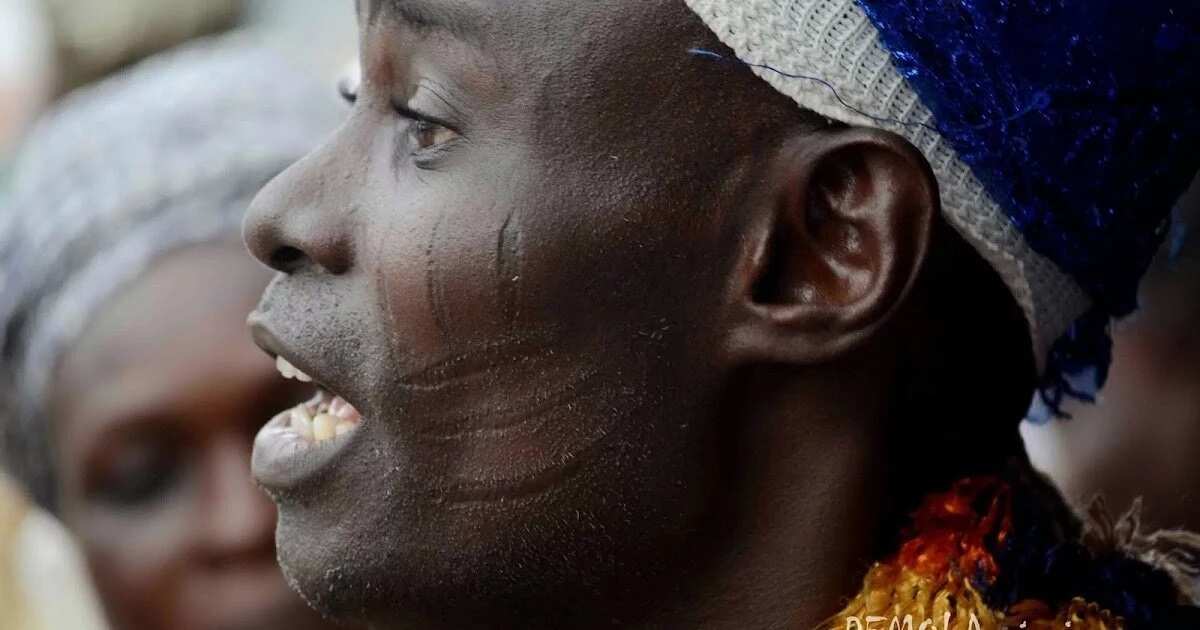
Origin of Tribal Marks
If you look deeply into history, the practice of tribal marks has been in existence for hundreds of years and they are not peculiar to Nigeria, not even Africa. The major purpose of tribal marks is for identification of members of same tribes or families.
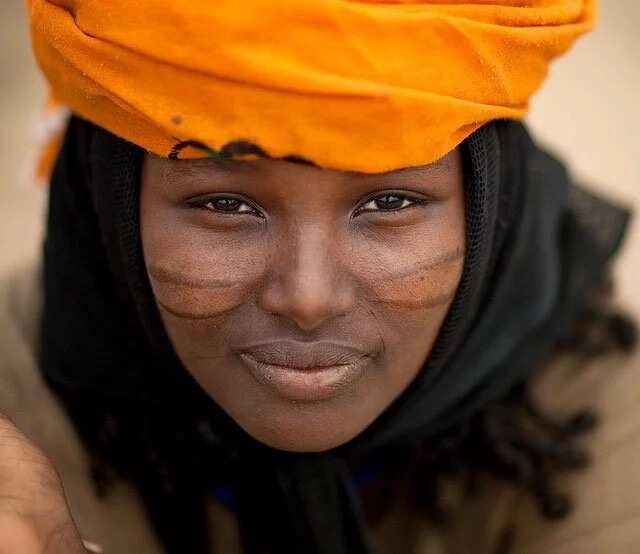
READ ALSO: Traditional wedding ceremony in Igboland
The permanent marks became one of the symbols of identification for tribe members. Let's take a look at the most usable styles of marks for Yoruba and Nigeria.
How are tribal marks made?
Tribal marks are made through scarification technique. People who make these marks usually use razors or sharp objects to make them on children's faces or other parts of their bodies. Then they rub native dye from charcoal marks to prevent the skin from closing up as the body tries to heal itself. The native dye also helps to stop bleeding.

Read also
Dreadlocks, 4 other ancient amazing African beauty trends still popular in today's world
Tribal marks and their meaning
Some Yoruba societies still practice the tradition facial marking in these modern times. According to the traditions, every child in Yoruba land is born into a patrilineal clan. This clan share marks or “ila,” family name “oriki,” taboos and poetry.

Tribal marks mean different things and serve different purposes among different tribes and families. Let's take a look at four most used explanations for tribal marks in Yoruba land and beyond!
1. Identification
Tribal marks in Nigeria have always been a significant part of our culture. Yoruba land is one of the cradles of this practice. fy the bearer of the mark as one of the family or clan members. People may have different types of marks according to their villages and families origin.
2. Religion and Spiritual Protection
Some facial marks can be identified as part of religious practices. In some parts of Yoruba land tribal marks on the face are believed to grant spiritual power to children, protect a child from evil spirits and stop death from taking the child at the very young age.

Read also
Unhealthy marriage practices in Nigeria
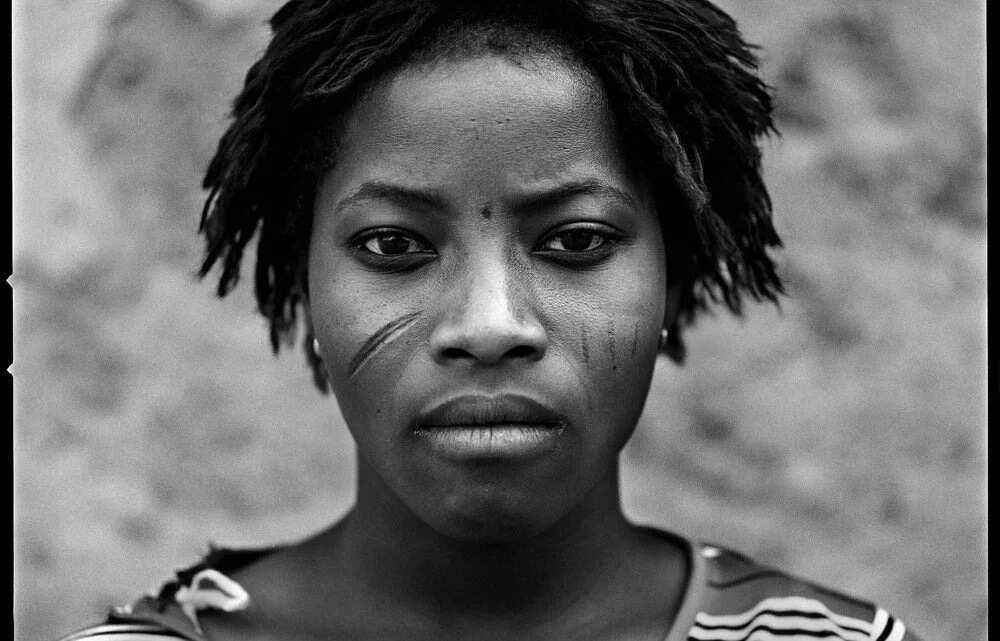
This practice can be witnessed not only in Yoruba but also in many other tribes of Nigeria.
3. Healing Purposes
One of the most unusual meanings associated to tribal marks is connected to traditional healing practices. Healers in some tribes mark children faces and bodies to help them to recover. It was used to treat children with measles, pneumonia, and convulsion. The healing marks could be made on any part of the body. These marks are very small and often difficult to spot.
4. Beautification Purposes
Tribal marks in Nigeria were also used for beautification purposes. Traditional men and women believed that tribal marks made them look more attractive.
Top 5 Types of Yoruba Tribal Marks
1. Ile Ife tribal mark

This style is called the Pele. It's simply three long lines inscribed on the cheeks. Pele is popular among Ile Ife people, but almost every Yoruba tribe has their own form of pele; for the Egbas their pele looks more like a not too long dash.
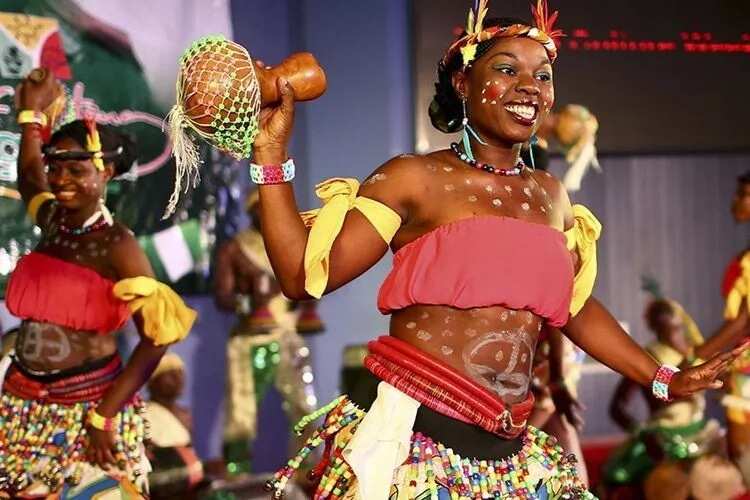
Read also
12 traditional dances in Nigeria and their meaning explained
2. Egba tribal mark
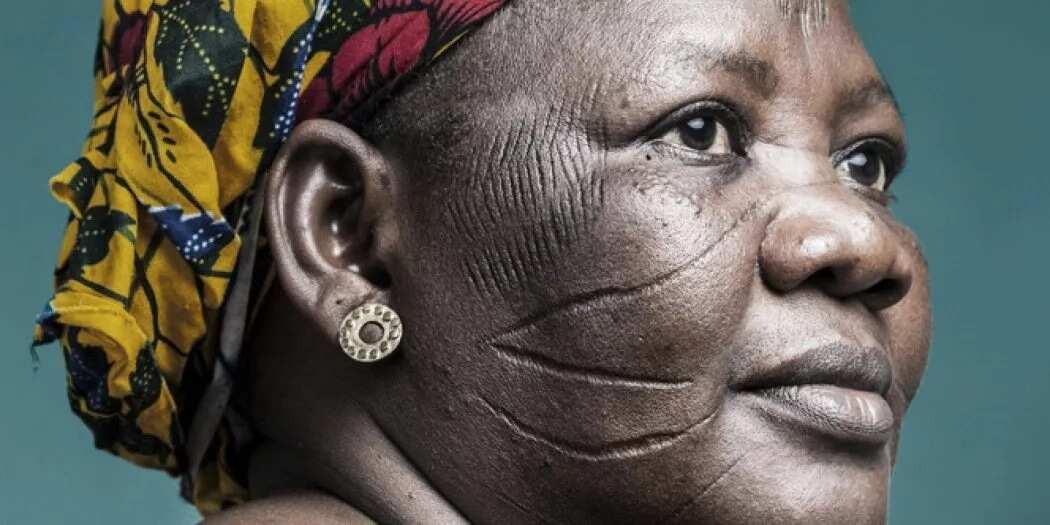
It`s called Owu. It is six incisions on each side of the cheek. It's the indigenous type of mark for Owu in Abeokuta, Ogun State. You can find this facial mark on Chief Olusegun Obasanjo.
3. Ogbomosho tribal mark

Gombo also called Keke. This tribal mark consists of curved and straight lines inscribed on both sides of the cheek. This mark is indigenous to Ogbomosho.
4. Oyo tribal mark

This mark is called Abaja. It's a form of three or four horizontal stripes on the cheek, It is possible to see up to twelve stripes on the cheeks. This mark is unique for Oyo people. You can find this mark on Oba Lamidi Adeyemi III.
5. Nupe tribal mark
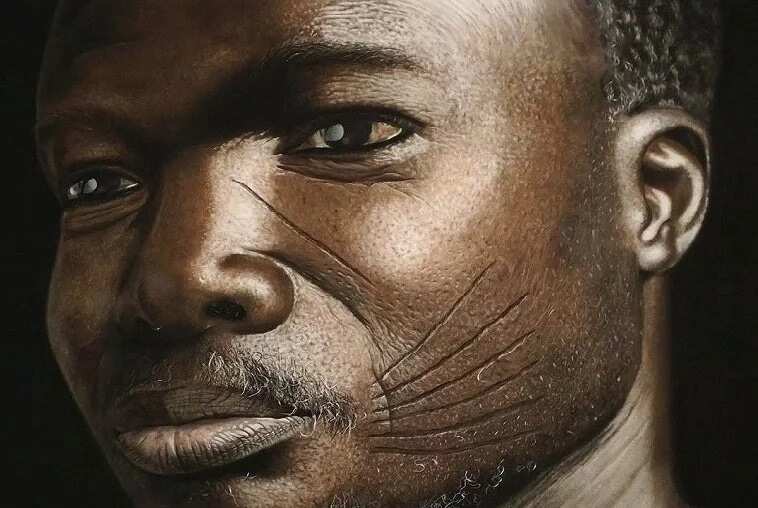
Nupe tribal marks are drawn with different styles of curves on the face. One of the most interesting styles is one vertical strip on both cheeks. This style is indigenous to the people of Kogi state.

Read also
Cultural similarities and differences in Nigeria
The main purpose of Yoruba tribal marks and their names is simply identification. Today, tribal marks are a tradition in remote villages. Parents do not need tribal marks for identification anymore, a lot of villages and tribes no longer make marks on children's faces or any part of their bodies for the the purpose of identification, although there are some Yoruba people who still make marks on both children and adults for spiritual purposes.
It's almost impossible to find these marks on the faces and bodies of modern young people, But, who knows? Maybe, one day these marks will become stylish again!
READ ALSO: Nigerian native attire styles 2017-2018
Source: Legit.ng
ncG1vNJzZmivp6x7rbHGoqtnppdkfnKAkmppbWWkp7ajrctmpJqqm6h6urvRrpmapJGjsW66wKacrGWdmq6vtc2gZaGsnaE%3D